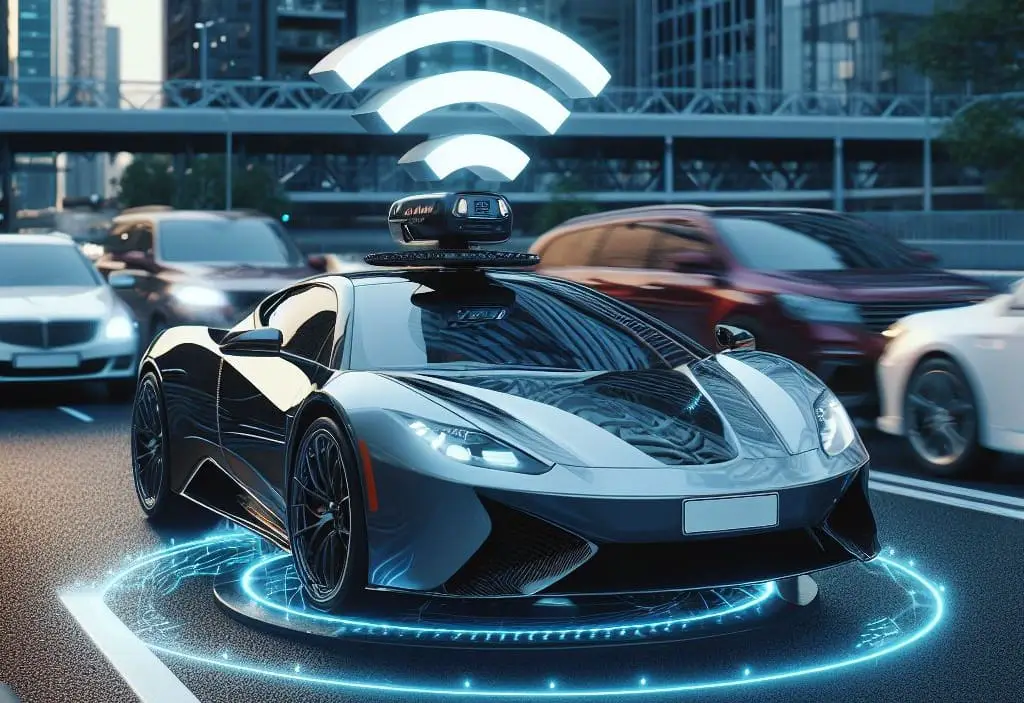Autonomous vehicles, powered by advancements in telecom technology, are becoming smarter and safer daily. Thanks to 5G and IoT, these vehicles can make instantaneous road decisions.
A Quick Summary of What’s Coming and What Well Cover!
| Technology | Functionality | Impact on Autonomous Vehicles |
|---|---|---|
| 5G | High-speed, low latency | Real-time decision-making |
| V2X Communication | Vehicle-to-everything interactions | Improved safety & traffic flow |
| LiDAR | 3D mapping of surroundings | Accurate environment recognition |
| AI | Data analysis from sensors | Recognize signs, predict road user behavior |
This article will explore the exciting world of autonomous vehicles and how telecom drives this trend forward. We’ll explore what’s happening in this space, why it’s important, and where it’s headed.
Telecom’s Role in Vehicle Connectivity
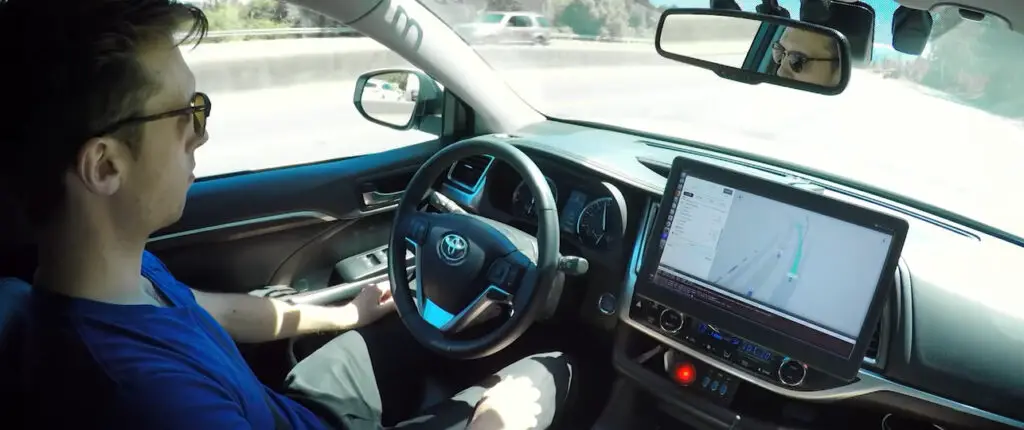
Let’s dive into how the telecom industry fuels the shift towards autonomous vehicles. It’s all about connectivity! The speed and reliability of information transfer between vehicles and their environment are crucial to making self-driving cars a reality.
- Infrastructure Development: Telecommunication providers are playing a vital role by building the infrastructure needed for vehicle-to-everything (V2X) communication.
- Real-time Communication: With the support of the telecom industry, vehicles can now communicate with traffic lights, other vehicles, and infrastructure. This capability can improve traffic flow, enhance safety measures, and provide drivers with real-time information.
- Software Solutions: Beyond the physical infrastructure, telecom companies are also developing advanced software solutions that enable seamless vehicle communication. This software ensures that data is transferred and processed efficiently.
- Edge Computing: The telecom industry uses edge computing to process data closer to its source. Vehicles can make rapid decisions based on real-time information by handling data locally or closer to where it’s generated.
Major Telecom Technologies Powering Autonomous Vehicles
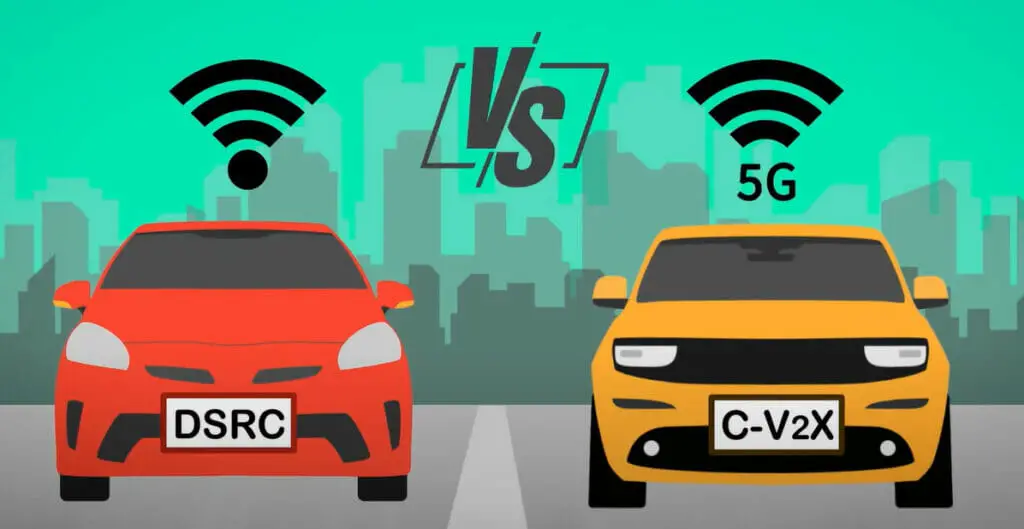
Have you ever wondered how autonomous vehicles navigate our roads so seamlessly? The answer lies in telecom technologies. These high-tech marvels work like a charm, ensuring self-driving cars can “see” their surroundings and make split-second decisions.
- 5G technology. It’s not just about faster download speeds or smoother streaming; 5G plays a pivotal role in autonomous vehicles. Its ultra-low latency and exceptional data transfer rates allow these smart machines to interact with other road users, infrastructure, and pedestrians in real time.
- Vehicle-to-Everything (V2X) communication. This amazing tech enables vehicles to communicate with any entity that may affect the vehicle, be it another car on the road or a pedestrian crossing the street. The possibilities are simply phenomenal!
- LiDAR (Light Detection and Ranging). This is an indispensable tool for autonomous cars. By bouncing pulses of light off surrounding objects and measuring their return times, LiDAR creates precise 3D maps of the environment around a vehicle – critical information when cruising down a highway at 60mph without human intervention!
- Artificial Intelligence (AI)! AI algorithms analyze data from various sensors installed on an autonomous vehicle to recognize traffic signs, detect obstacles, or predict the behavior of other road users.
Trends in Telecom for Autonomous Driving
With 5G rolling out across the globe, we’re seeing a tremendous shift in how vehicles communicate with each other and their surroundings.
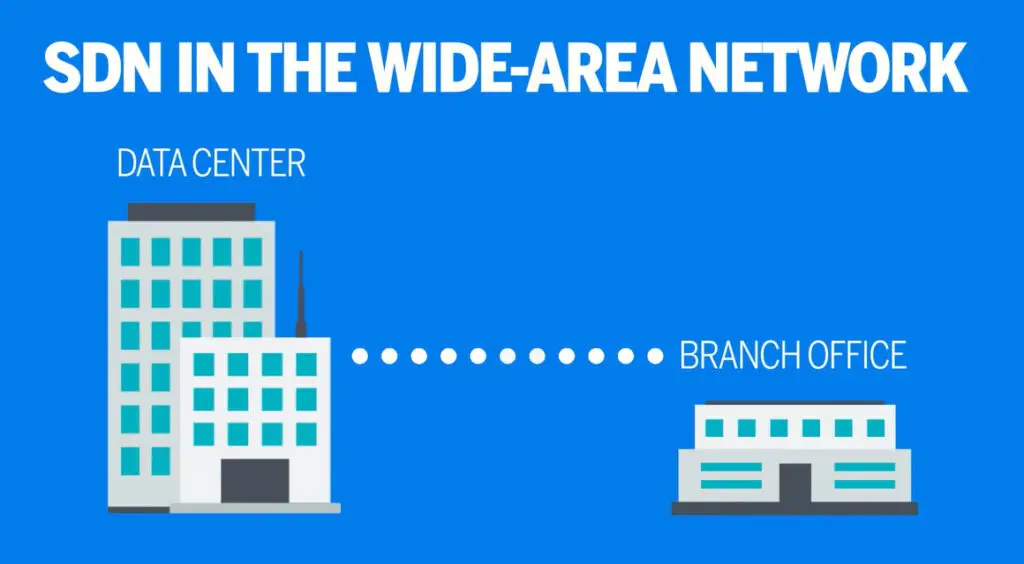
- Software-defined networks (SDNs). In essence, SDNs provide network administrators better control over traffic flow by decoupling the system that decides where traffic is sent (control plane) from the underlying systems that forward traffic to its destination (data plane). This could mean more efficient navigation routes and fewer traffic jams for autonomous vehicles.

- Network Slicing. A part of the 5G landscape, it allows telecom operators to create multiple virtual networks within a single physical infrastructure. For instance, one ‘slice’ could be dedicated solely to autonomous vehicles, ensuring they have priority access to lightning-fast connectivity.

- Artificial Intelligence. Telecom companies use AI algorithms to manage and optimize these complex networks for maximum efficiency without human intervention.
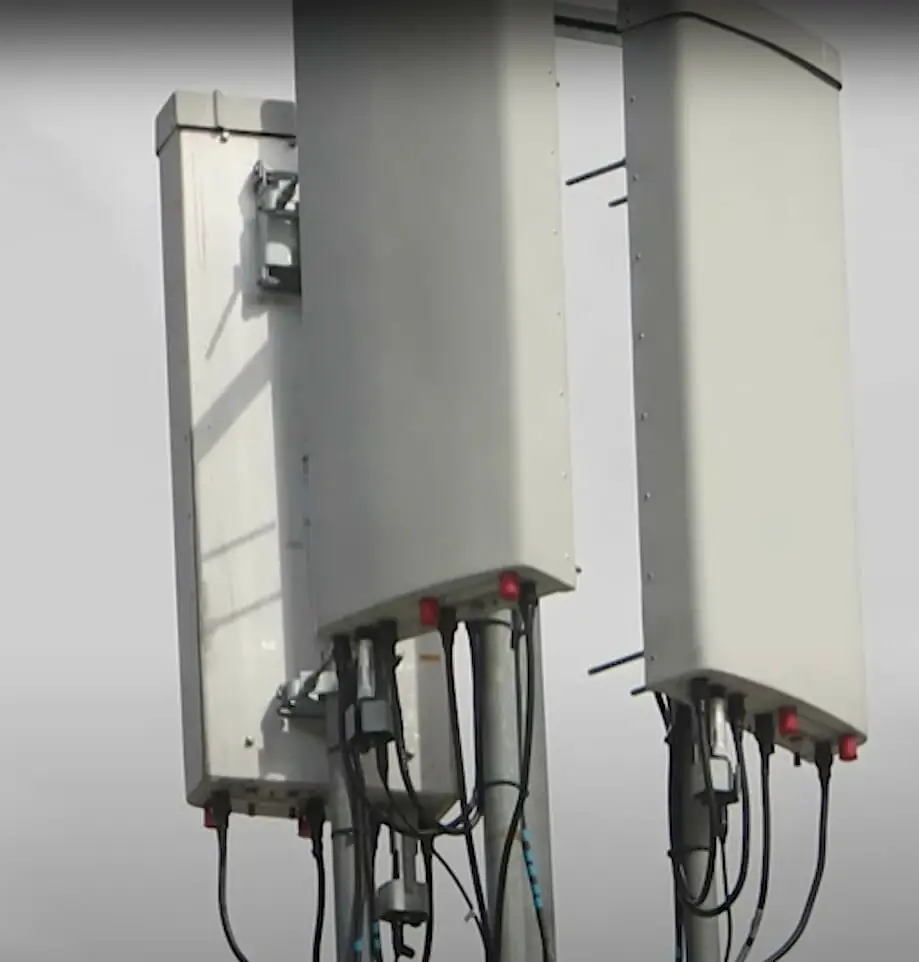
- Increased Bandwidth: The roads are getting smarter, as is the information transmitted. With 5G, there’s a significant boost in the amount of data that can be sent or received at any moment. This means more detailed environmental feedback for autonomous vehicles, improving their ability to interact with their surroundings.
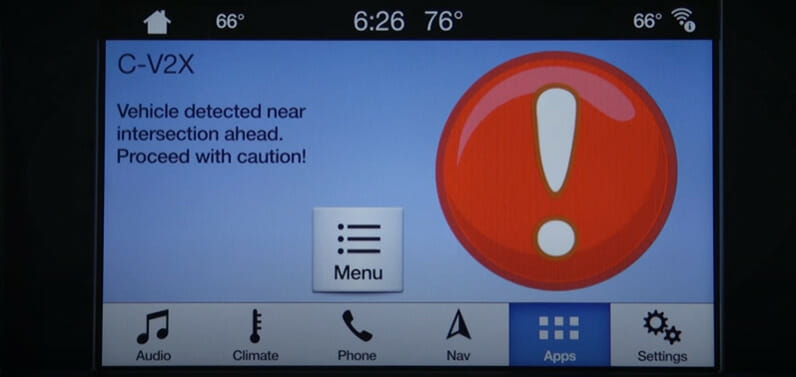
- Enhanced Connectivity: As cars get more autonomous, they’re also getting more social. Vehicle-to-vehicle (V2V) and vehicle-to-infrastructure (V2I) communications are at the forefront. Enhanced connectivity ensures that vehicles can talk to each other about traffic conditions, potential hazards, or even optimal travel speeds, offering a smoother and safer driving experience.
Company-Specific Insights
Integrating telecom into vehicle connectivity is an ongoing global endeavor, with leading companies making monumental strides. Here’s a closer look at what some of these giants are up to:

Verizon
- 5G Ultra-Wideband: Verizon has invested heavily in its 5G Ultra-Wideband network to offer faster data speeds, essential for improved vehicle connectivity and data processing.
- Vehicle Software Updates: Verizon collaborates with automakers to facilitate over-the-air (OTA) software updates, enhancing vehicle functionalities.

AT&T
- Connected Car Plans: AT&T provides dedicated plans that allow vehicles to become WiFi hotspots, offering consistent connectivity.
- Collaboration with Automakers: AT&T has partnered with manufacturers like Tesla, BMW, and Ford to embed its 4G LTE connectivity into various vehicles.
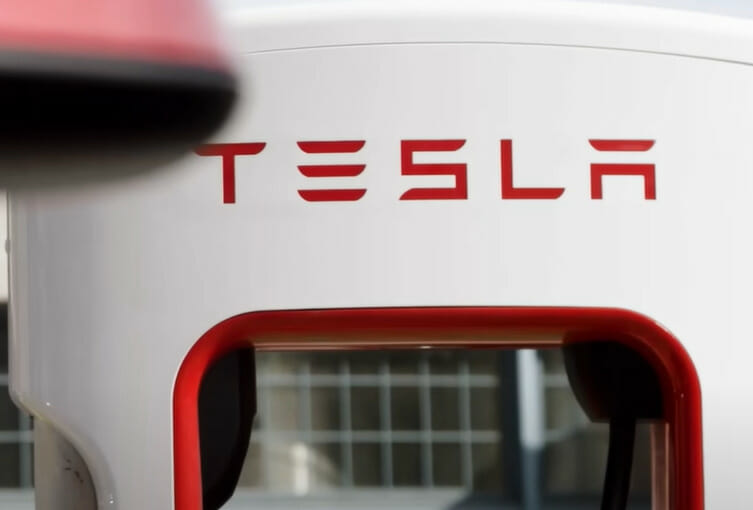
Tesla
- Autopilot and Full-Self Driving (FSD): Tesla’s onboard computer systems and sensor suites are focused on achieving advanced vehicle autonomy and connectivity.
- Over-the-Air (OTA) Updates: Tesla regularly offers OTA updates, allowing vehicles to receive the newest software without physical servicing.
- Network Infrastructure: Tesla is enhancing its network infrastructure, including superchargers with WiFi and dedicated data servers to handle vehicular data efficiently.
- Starlink Connection: Elon Musk’s Starlink project indicates the potential for Tesla vehicles to have satellite-based connectivity, ensuring extensive coverage.

Huawei
- 5G Modules for Cars: Huawei develops 5G automotive modules, vital components for the next generation of connected vehicles.
- Vehicle Communication Partnerships: Huawei works with global manufacturers to integrate advanced communication systems into their products.
Human Impact of Autonomous Vehicles

Integrating autonomous vehicles into our daily lives will bring about various changes, touching everything from our job market to city planning. Let’s delve deeper into the human-centric implications of this technological evolution.
- Jobs: As the prominence of autonomous vehicles rises, traditional roles such as taxi drivers, truckers, and delivery personnel might see a transformation. However, this will simultaneously pave the way for new technological, maintenance, and infrastructure development opportunities.
- Urban Planning: With the increasing efficiency of autonomous vehicles, cities might undergo a redesign. We could witness the reduction of vast parking areas, leading to more available space which could be repurposed for public use or green zones. Additionally, smoother vehicle communication could lead to less traffic congestion.
- Daily Life: The convenience of autonomous vehicles will be particularly noticeable. People who cannot drive due to age or disabilities or choose not to will find these vehicles a boon, offering a newfound sense of freedom and mobility.
- Public Transport: The landscape of public transportation might also undergo a shift. With individual autonomous vehicles available for personal use, the traditional forms of public transport might need to adapt, perhaps moving towards an on-demand fleet of shared self-driving vehicles.
- Community: On a community level, the potential reduction of vehicles on the road might lead to safer streets and more communal spaces. This could foster closer community ties, with safer environments for children and more interaction between individuals.
Challenges in Integrating Telecom and Autonomous Vehicles
We live in an age where technology is moving at breakneck speed, but sometimes, it’s not all smooth sailing. Especially when we’re discussing merging two innovative behemoths – telecom and autonomous vehicles. Let me tell you, there’s no shortage of hurdles to tackle here.
- Data Security. With vast amounts of data being transferred between vehicles and telecom networks, the threat of cyber-attacks is always looming overhead. It’s a cat-and-mouse game with hackers constantly devising new ways to breach systems.
- Network Reliability. When we’re dealing with self-driving cars, every millisecond counts. Any delay or disruption in communication can lead to accidents on the road – something that nobody wants to happen! This requires a robust and reliable network infrastructure that can guarantee real-time transmission without any hitches.
- Standardization. Different automakers might use different technologies for their vehicles, which could create compatibility issues with various telecom services. Integrating these two sectors seamlessly becomes a task without standardized regulations and protocols across all platforms!
- 5G Network Coverage. For autonomous vehicles to function optimally everywhere, they need access to fast 5G networks anytime and anywhere — from bustling city streets to isolated rural areas.
- Legal frameworks. Dealing with data privacy laws and liability issues in case of mishaps is still uncharted territory for many countries worldwide!
Future Prospects: Where Telecom Meets Autonomous Driving
Looking ahead, I see a future where telecom and autonomous vehicles intertwine in ways we could only imagine today. It’s like standing on the brink of a new era, watching two powerhouses merge to create an exciting landscape.
Here are some key areas where telecom could play a pivotal role in shaping our autonomous driving future:
- Safety: Real-time data transmission can help prevent accidents by allowing vehicles to communicate with each other.
- Traffic Management: Using network data, autonomous vehicles can predict traffic patterns and choose optimal routes.
- Passenger Entertainment: With high-speed internet connectivity, passengers can enjoy streaming services during their journey.
Looking at these developments, it’s clear that there will be significant growth in demand for robust telecom infrastructure. According to reports from McKinsey & Company:
| Year | Projected Growth |
|---|---|
| 2025 | 25% |
| 2030 | 45% |
References
Website Resources:
- GSMA. https://www.gsma.com/
- 5GAA. https://5gaa.org/
- Tesla. https://www.tesla.com/
- Huawei. https://consumer.huawei.com/en/press/news/2021/huawei-starts-to-sell-new-seres-sf5-car-in-its-china-flagship-stores/
- BroadbandNow. http://www.broadbandnow.com/
- AT&T. https://www.att.com/
- Verizon. https://www.verizon.com/
Video References:
Bloomberg Technology
IDG TECHtalk
Tesla
AT&T
Verizon
Wallay Blue

